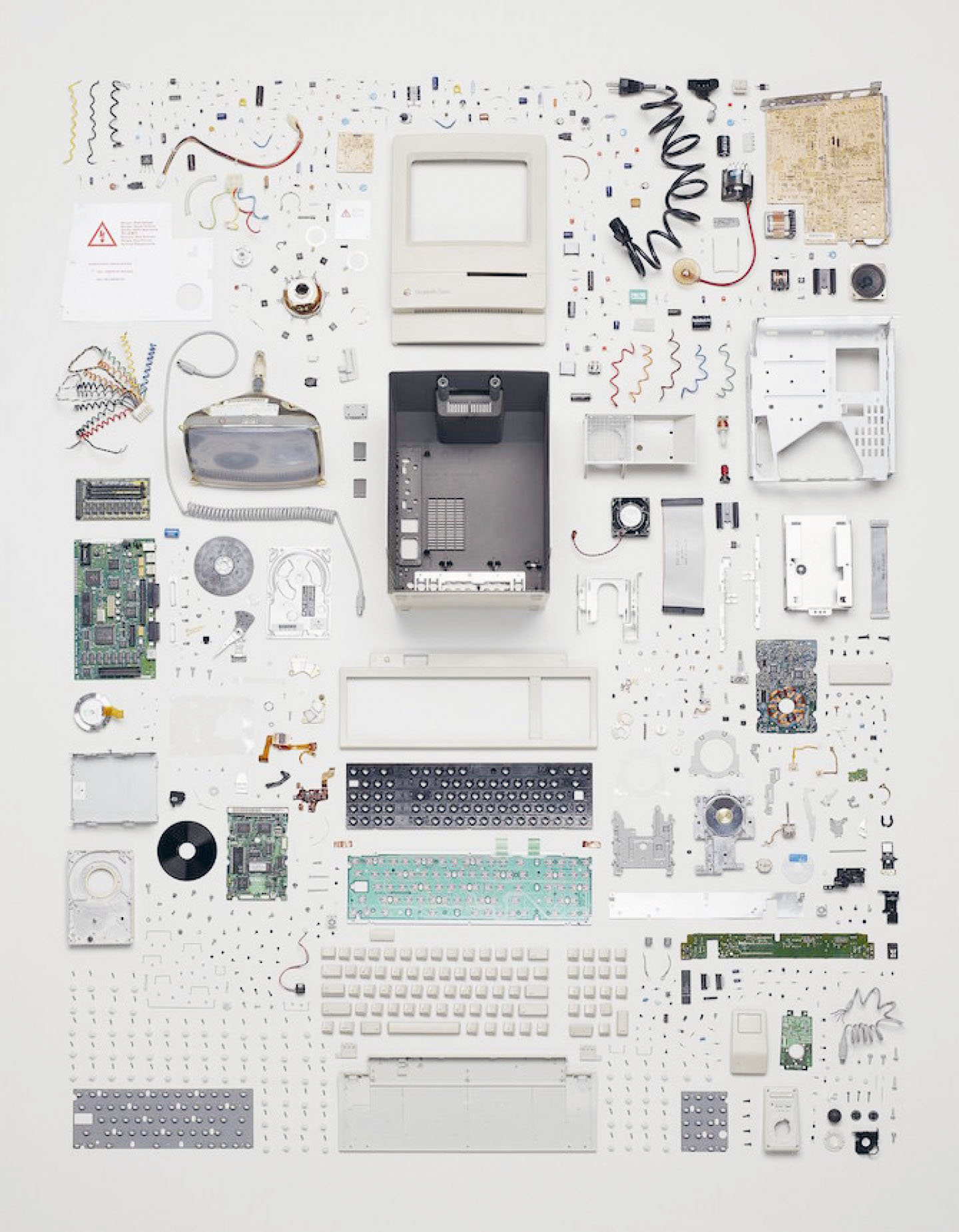
With the coming generation, education will become more closely aligned with cultivating intuitive decision- making. By incorporating a wide range of sources of knowledge and perspectives, a more holistic approach to education will synthesize old traditions with new capabilities to instill a greater sense of integrity and possibility into public and private institutions.










